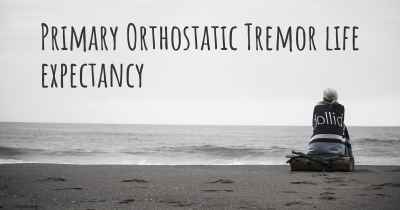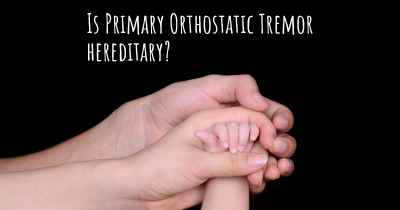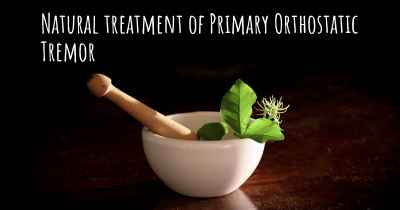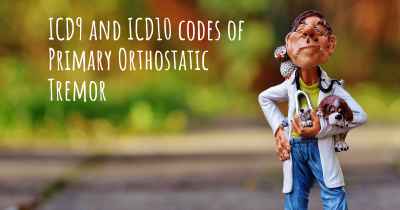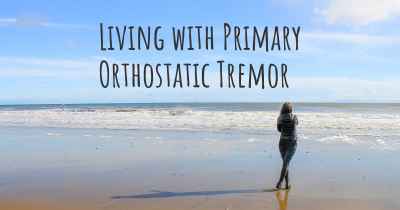What is the history of Primary Orthostatic Tremor?
When was Primary Orthostatic Tremor discovered? What is the story of this discovery? Was it coincidence or not?
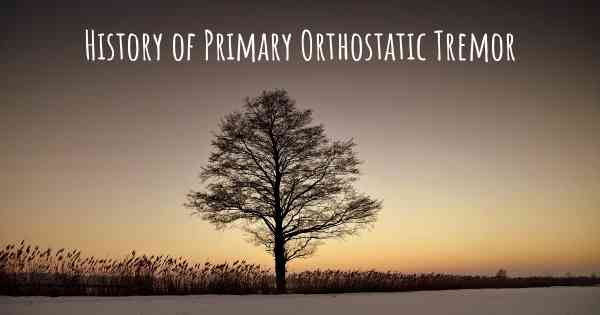
Primary Orthostatic Tremor (POT) is a rare neurological disorder characterized by a rapid tremor in the legs and trunk when standing. It was first described in medical literature in the late 1970s, although cases of the condition may have existed prior to that.
The exact cause of Primary Orthostatic Tremor is still unknown, and research on the condition is ongoing. However, it is believed to be a result of abnormal activity in the brain and spinal cord. Some studies suggest that it may be related to dysfunction in the cerebellum, a part of the brain responsible for coordinating movement.
Primary Orthostatic Tremor is typically diagnosed based on the characteristic symptoms reported by the patient. The tremor is usually not visible to the naked eye but can be detected through electromyography (EMG) or other specialized tests. It is important to differentiate Primary Orthostatic Tremor from other types of tremors, such as essential tremor or Parkinson's disease, as the treatment approaches may differ.
Due to its rarity and the lack of awareness among healthcare professionals, Primary Orthostatic Tremor is often misdiagnosed or undiagnosed. Many individuals with the condition may go years without receiving a proper diagnosis. However, advancements in medical knowledge and increased awareness have led to improved recognition and understanding of the disorder.
Treatment options for Primary Orthostatic Tremor are limited, and there is no known cure. Medications such as clonazepam and gabapentin may be prescribed to help manage the symptoms, although their effectiveness varies from person to person. Some individuals find relief through the use of weighted devices or braces that provide sensory feedback and stability.
Research into Primary Orthostatic Tremor is ongoing, with the aim of better understanding the underlying causes and developing more effective treatments. The rarity of the condition poses challenges in conducting large-scale studies, but advancements in technology and collaboration among researchers have contributed to progress in recent years.
Support groups and online communities have also emerged to provide a platform for individuals with Primary Orthostatic Tremor to connect, share experiences, and offer support. These communities play a crucial role in raising awareness, advocating for research, and providing emotional support to those affected by the condition.
In conclusion, Primary Orthostatic Tremor is a rare neurological disorder characterized by a rapid tremor in the legs and trunk when standing. Its exact cause is still unknown, and diagnosis can be challenging due to its rarity and lack of awareness. Treatment options are limited, and research is ongoing to better understand the condition and develop more effective therapies. Increased awareness and support from medical professionals and communities are essential in improving the lives of individuals living with Primary Orthostatic Tremor.
